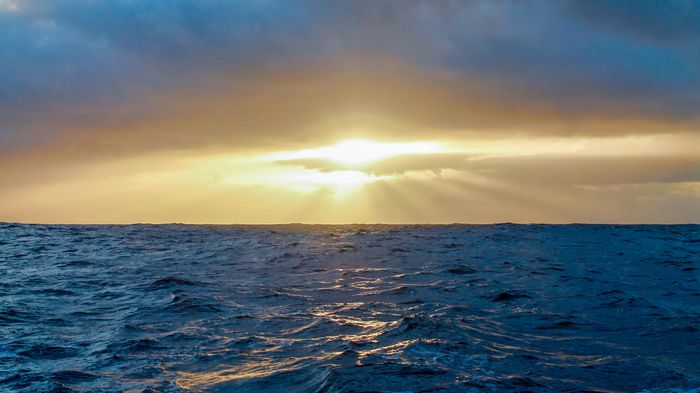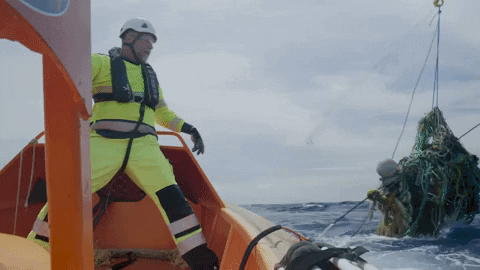
Environmental Impact Assessment Available
Back to updatesWith the thorough analysis performed by independent environmental consultancy CSA Ocean Sciences now complete, The Ocean Cleanup has issued the results of the Environmental Impact Assessment (EIA) for System 001. The purpose of the EIA is to address the potential environmental risks of various factors related to the deployment of the first ocean cleanup system. Overall, the conclusions indicate a low or negligible risk for the implementation of System 001 in the Great Pacific Garbage Patch.
THE EIA EXPLAINED
An Environmental Impact Assessment (EIA) is a study to evaluate the environmental, social and economic impacts a project may have on a range of resources during its life cycle. The EIA is used to identify possible risks and offers mitigation options before the project takes place. Considered in this EIA are the multiple factors related to the deployment of The Ocean Cleanup system and their potential impact; these include:
- towing operations,
- entanglement and entrapment,
- attraction/ingestion of plastics,
- interactions or collisions with other vessels,
- noise and lights,
- and the loss of debris.
The potential areas of impact included a variety of marine life and birds, vessels not in connection with The Ocean Cleanup and protected areas.
WHY WE CONDUCTED AN EIA
Because the deployment of the system will take place primarily in international waters, except for routine towing, there are no requirements for this assessment. Nevertheless, in the interest of transparency, and to develop a deeper understanding of the interactions between our operations and the environment, an EIA was performed; which meets the 1999 International Association for Impact Assessment Principles of Environmental Impact Assessment Best Practices (IAIA, 1999).
RESULTS
The EIA identifies both initial and residual environmental impacts-i.e., effects resulting before and after the application of mitigation measures. Mitigation measures are defined for all impacts, regardless of the severity. For the sixteen environmental and human resources considered, 29 impact factors were identified and analyzed in depth, and all but one were determined to have “Low” or “Negligible” impacts resulting from project activities (even before the application of mitigation measures). One “Medium” risk was identified; potential attraction of sea turtles to the cleanup system and/or ingestion of plastics due to the concentration near the floating screen. There were no “High” impacts on any resources resulting from the project.
Download the Environmental Impact Assessment (.pdf)
GOING FORWARD
While the baseline today is that hundreds of thousands of whales, seals, sea turtles and sea birds die every year from entanglement and ingestion of ocean plastic, The Ocean Cleanup can conduct its cleanup activities with greater confidence and a broader understanding now that we possess the information presented in the EIA. Although the identified impacts pose minimal risk, we have planned for extensive on-site monitoring of the system and the surrounding environment during the first year of deployment. In addition, several safety and mitigation measures will be tested on System 001 during the plastic removal procedure.
We will continue to share real-world environmental findings when the cleanup operation of the Great Pacific Garbage Patch has commenced later this year.
Although not required by law, The Ocean Cleanup has commissioned an independent EIA. This follows extensive engagement with regulators, experts, and others. We will continue to consider feedback and respond as frequently as time and our limited resources permit.
For questions or comments, please contact eia@theoceancleanup.com
